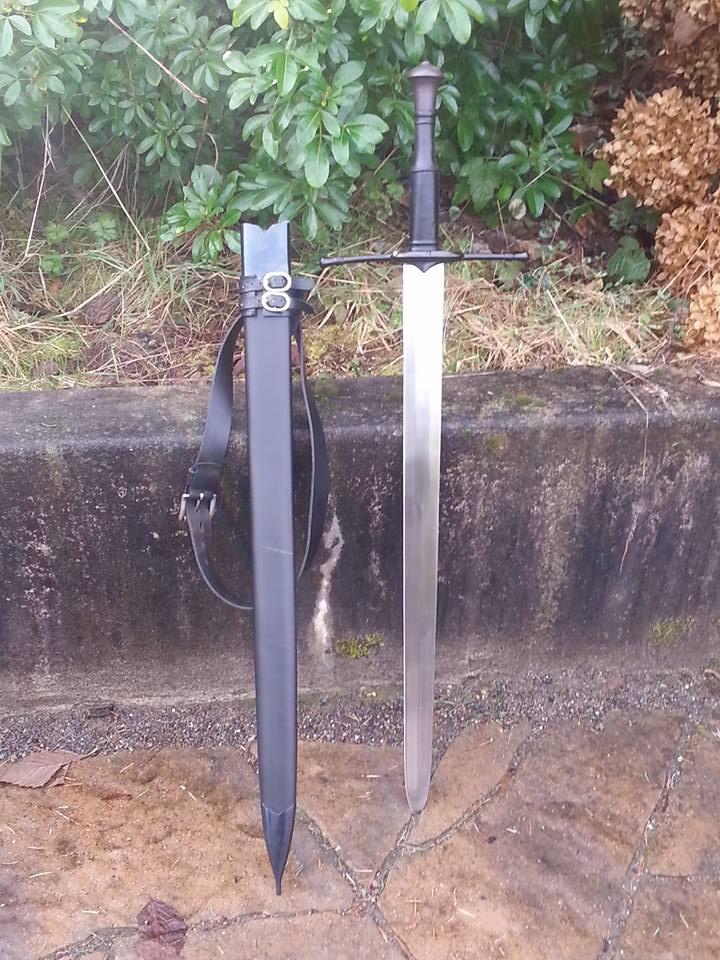Russ
 Istar
Istar
I got a warsword for Christmas. Meet "Mister Snappy."

Yes, one quillon is bent. It gives it street cred.
Anybody got a warsword question?
Enough bragging, we want videos of you working the pell and doing the posta or guards!!!
Have fun with it.




 Minstrel
Minstrel Inkling
Inkling Scribe
Scribe

 Myth Weaver
Myth Weaver